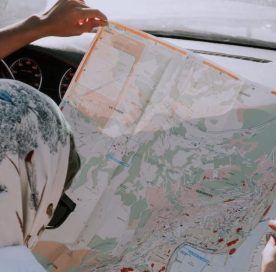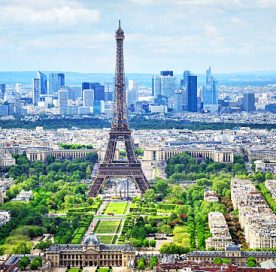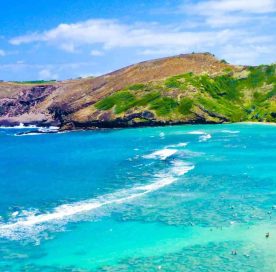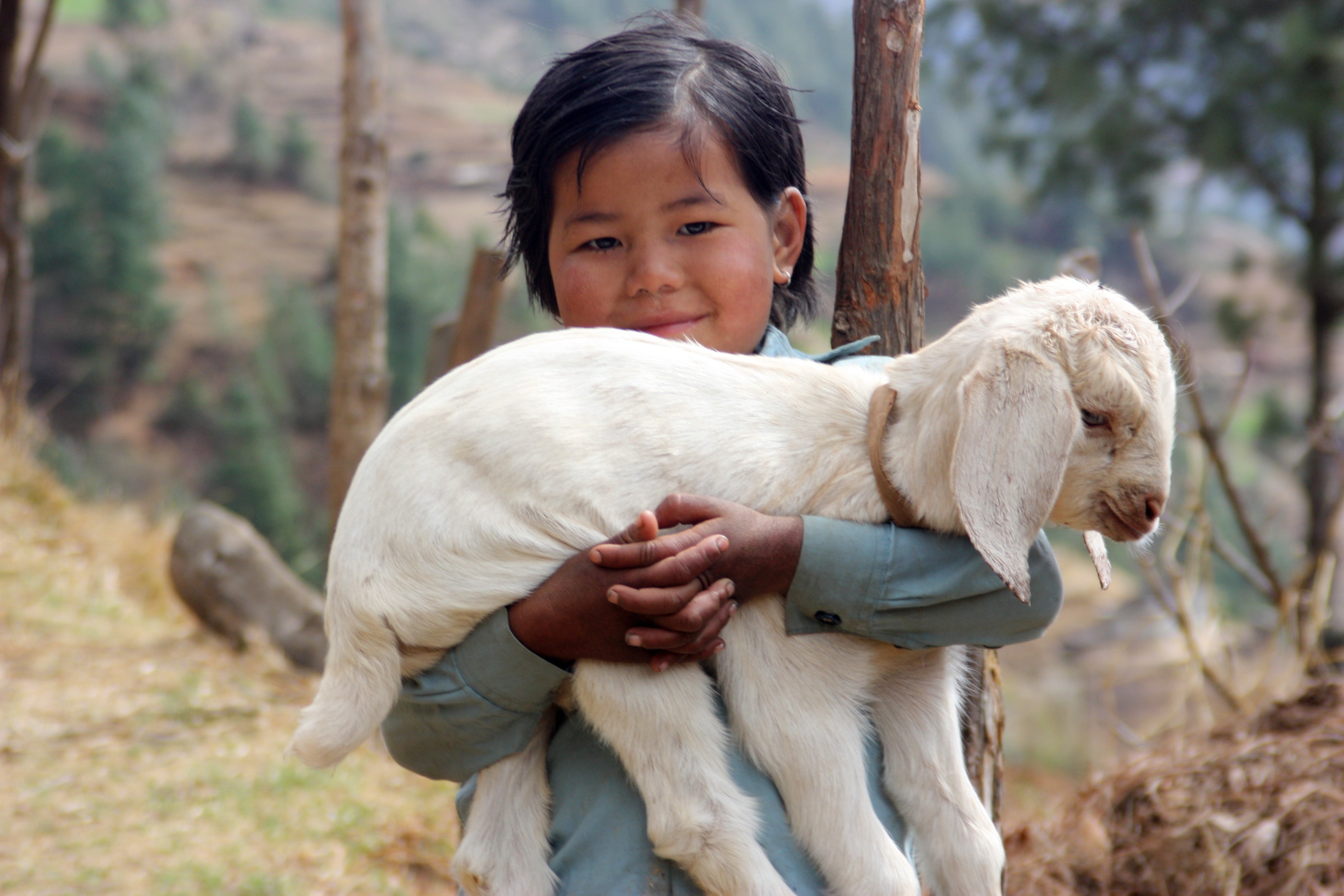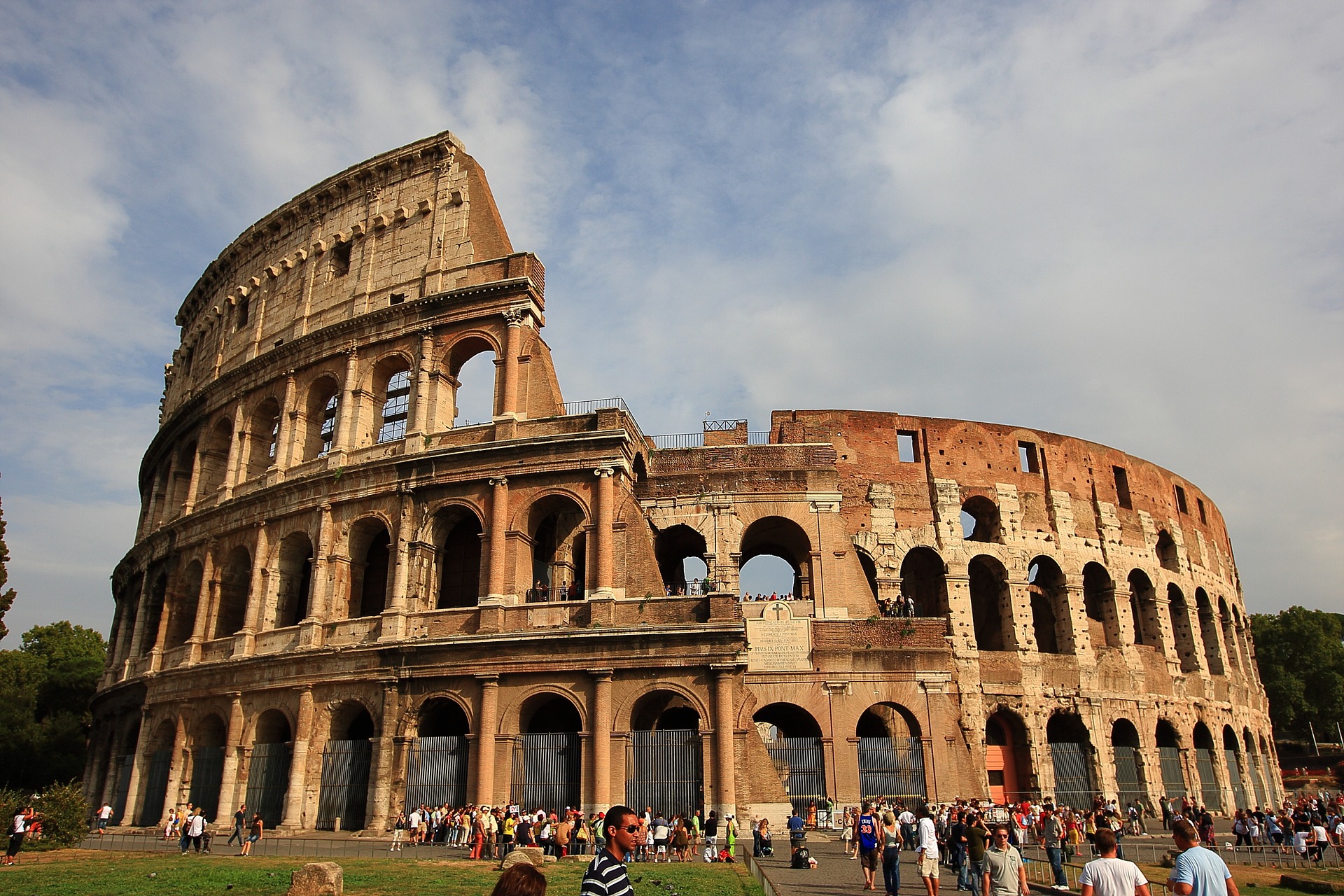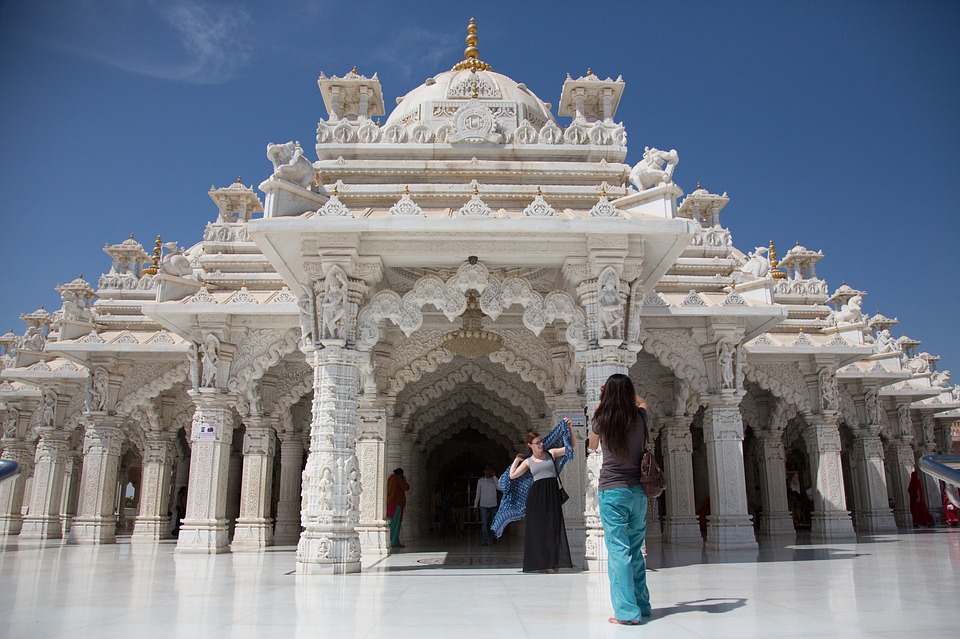Romania’s Carpathian Mountains are a natural wonder that has inspired legends and shaped history. Travelers have been captivated by these landscapes for centuries.
Stretching across the heart of Romania in a sweeping arc, the Carpathians are filled with dramatic scenery, ancient forests, and rugged peaks. For outdoor enthusiasts, these mountains offer endless adventures.
You’ll find challenging hikes and serene walks through untouched wilderness. Let’s take a journey through the Carpathians, exploring their natural beauty and the stories that have made them one of Romania’s most treasured regions.
The Carpathians: A Mountain Range Steeped in History

The Carpathian Mountains are Europe’s third-longest mountain range. They stretch over 1,500 kilometers through Central and Eastern Europe.
In fact, Romania creates a natural barrier between Transylvania to the west and Moldavia and Wallachia to the east and south. Historically, these mountains were a place of refuge and defense.
Their dense forests and steep ridges provided shelter to those protecting their way of life from invaders.
The Carpathians played a crucial role in defending the Romanian principalities against Mongols, Ottomans, and Hungarians. So, the people who lived here developed a unique culture closely tied to the land. These harsh but beautiful surroundings shaped their traditions.
Additionally, the Romanian folklore is deeply connected to the Carpathians. The mountains are home to legends of supernatural creatures like the “zmeu” (a dragon-like figure) and the “balaur” (a multi-headed serpent).
Brave heroes who defended their homeland feature prominently in these stories. Passed down through generations, these tales add mystique to an already awe-inspiring landscape.
The Southern Carpathians Mountains: The Fagaras and Bucegi Mountains
The Southern Carpathians, or Transylvanian Alps, boast some of Romania’s highest and most stunning peaks.
The Fagaras Mountains are particularly famous, often called the “Alps of Transylvania.” The rugged beauty and challenging trails define this range. Among them, Moldoveanu Peak stands as Romania’s highest point at 2,544 meters.
Yes, reaching Moldoveanu is tough. You need stamina and determination. But the breathtaking views from the summit make it worthwhile. Surrounded by jagged peaks and deep valleys, the experience is unforgettable.
For those seeking a less demanding adventure, the Balea Lake area offers stunning scenery and accessible trails.
Balea Lake, a glacial lake at 2,034 meters, is surrounded by dramatic landscapes in the Fagaras range.
You can reach it via the famous Transfagarasan Highway, often called the world’s most beautiful road. The highway offers hairpin bends, steep drops, and spectacular views at every turn.
Not far from the Fagaras area, the Bucegi Mountains stand as another Southern Carpathian gem. Known for unique rock formations like the Sphinx and Babele, these mountains have inspired countless legends.
Accessible by cable car from Busteni, the area is popular with serious hikers and casual tourists alike.
The Bucegi range also hosts the Caraiman Cross, a monument dedicated to World War I heroes. Standing at 2,291 meters on Caraiman Peak, it is one of the world’s largest crosses. The hike offers breathtaking views and a reflection on Romania’s history.
The Eastern Carpathians: A Land of Myth and Mystery
The Eastern Carpathians differ from their southern counterparts. Though lower in elevation, they remain beautiful. Dense forests, rolling hills, and a mysterious aura define this region.
The Ceahlau Massif, or “Holy Mountain,” is one of the area’s highlights. The Ceahlau Massif has spiritual significance and has been a pilgrimage site for centuries. The Durau Monastery, nestled within, provides a peaceful retreat.
The trails in the Ceahlau Massif range from easy walks to challenging climbs. A popular hike leads to Toaca Peak at 1,904 meters, offering views of Bicaz Gorge and Red Lake.
The Eastern Carpathians are also home to the Rodna Mountains, known for biodiversity and scenic beauty.
Part of the Maramures region, the Rodna range is famous for wooden churches and traditional villages. Hiking here combines natural beauty with cultural history. Trails lead through remote villages where life remains unchanged for centuries.
The Western Carpathians: Apuseni Mountains
The Western Carpathians, or Apuseni Mountains, are a geological and cultural treasure. The Apuseni range is famous for its karst landscapes—deep gorges, caves, and underground rivers. Scarisoara Cave, home to one of the world’s largest underground glaciers, is a standout.
The Apuseni Mountains are a hiker’s paradise. Trails wind through ancient forests, past waterfalls, and over mountain ridges with breathtaking views.
The Padis Plateau, with its lush meadows, dense forests, and karst formations, is among the most beautiful areas. The Fortress of Ponor, a massive karst complex, is one of Romania’s natural wonders.
The Apuseni region also boasts rich cultural heritage. Traditional villages dot the landscape, where locals maintain age-old customs.
Visitors can glimpse a way of life largely unchanged for centuries. For those interested in Romania’s cultural side, the Apuseni Mountains are a must-visit.
Planning Your Carpathian Adventure
Exploring the Carpathian Mountains requires careful planning. While areas like the Bucegi Mountains are easily accessible, others are remote and require more preparation. The best time to visit is from June to September when the weather is warm.
Autumn offers colorful forests, while winter brings snow-covered peaks. If you’re new to mountain hiking, consider hiring a local guide or joining a tour. Guides offer insights into the history, culture, and natural beauty of the region.
The Carpathian Mountains are more than a beautiful landscape. They embody Romania’s history and culture.
From the towering peaks of the Fagaras to the mysterious forests of the Eastern Carpathians, these mountains offer endless experiences.
Whether you’re an experienced hiker or someone who loves nature, the Carpathians have something for you.
My journey through these majestic mountains was one of the most rewarding experiences in my travel in Romania. I’m already dreaming of my next adventure—perhaps exploring nearby Bulgaria next year.
Things to Remember when Traveling the Carpathian Mountains

As you would expect, Romania’s Carpathian Mountains are truly enchanting. The Southern Carpathians mountains hold the country’s highest peaks and glacial lakes, drawing thrill seekers and nature lovers of all ages.
Meanwhile, the Eastern Carpathians guard some of Europe’s last remaining primeval forests and the legends that underpin them.
The Beginning
Where to start? First off, we recommend deciding which part of this vast expanse appeals most to your hiking interests.
If solitude, sheer heights and satisfying climbs really get you salivating then head for the Southern Carpathian where iconic walks such as the track leading to Moldoveanu Peak is sure to make your heart sing.
Alternatively, choose one of the hikes in our Western Carpathians (Apuseni Mountains) itinerary if you’re looking for a whole lot less foot traffic mixed with hidden caves and traditional villages.
Just Starting your Hiking Journey!
Beginner hikers can start in more accessible areas, such as the Bucegi Mountains or Piatra Craiului National Park, where you’ll get stunning views without the tough trails.
Experienced hikers will love the challenge of Romania’s tallest mountain range: the rugged Fagaras. Or head to the less-visited Rodna Mountains for a remote trekking experience.
And don’t be fooled into thinking that mountains are just for summer – they’re pretty spectacular in winter, too! Try snowshoeing or downhill skiing through some truly magical landscapes.
Final Note!
Whatever you decide to do, a trip to Romania’s Carpathian Mountains will leave a lasting impression on your memories.
There really is something for everyone here, from hiking and culture to simply soaking it all in and de-stressing in one of Europe’s most untouched mountain ranges.
How was your visit? Do let us know in the comment section below!







